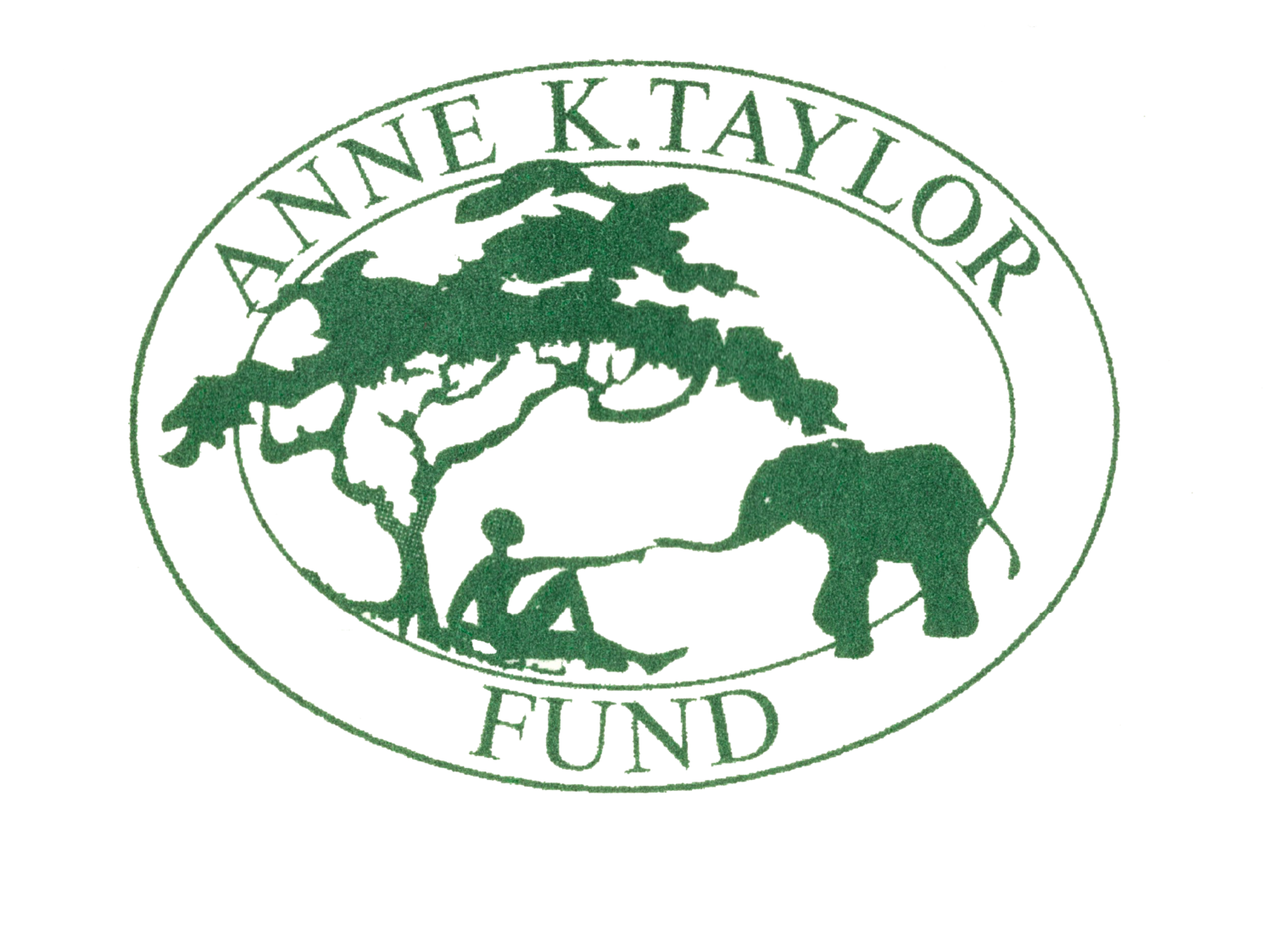Maasai Take Manhattan
/A MAASAI WARRIOR AMONG THE DEADHEADS
by By Nick Paumgarten 11/11/19
Kip Ole Polos travelled from Kenya to New York to raise money for wildlife conservation, with stops at the Yale Club and Madison Square Garden, where John Mayer stood in for Jerry Garcia.
Last month, Kip Ole Polos arrived in New York for a month of fund-raising on behalf of his tribe, the Il Ngwesi Maasai, which is trying to reintroduce the black rhinoceros on its lands, in northern Kenya. Ole Polos, a safari guide and a former Maasai warrior, is the chairman of the council that governs the Il Ngwesi community and its conservancy; he is leading efforts to protect wildlife, link up with other neighboring preserves, and integrate women into Il Ngwesi political life.
On October 30th, after a quick visit to Vermont, he was a featured speaker at a gala at the Metropolitan Club, hosted by the Lewa Wildlife Conservancy, which borders the Il Ngwesi land. The m.c. was Alex Beard, an artist who lives in New Orleans and who sits on Lewa’s U.S. board. On a whim, Beard invited Ole Polos to join him the following evening, at a rock concert at Madison Square Garden. Ole Polos had never been to a rock concert, or to a place like the Garden. Beard bought him a ticket on his phone.
The next night was Halloween. Beard and his son, fourteen, fetched Ole Polos at the Yale Club, where Lewa had put him up. Ole Polos, head shaved, arms bare, wore a red shuka—the traditional plaid cotton shift of the Maasai—a checked shuka blanket over one shoulder, and Teva sandals, with an array of shanga jewelry crisscrossing his torso like bandoliers. “This is me at home,” he said. He had never heard of Halloween, and he couldn’t really tell, as they struck out into the rush-hour bustle, who was in costume and who wasn’t.
Beard asked Ole Polos, “Have you ever heard of Jerry Garcia?”
“No,” he replied. “What is it?”
Beard attempted to explain what they were going to see, a band called Dead and Company, comprising several surviving members of the Grateful Dead and, as a fill-in for Jerry Garcia, who died long ago, a pop star named John Mayer. “This whole thing could really end any day, even tonight,” Beard said. “So we keep going, until that day that it does.”
“I hope it continues,” Ole Polos said.
“You might not say so, after a few hours.”
As they neared the Garden, the ratio of Deadheads to regular citizens began to increase.
“You will see a lot of banghi being smoked,” Beard said, using the Kenyan term for marijuana.
“Let them do their thing,” Ole Polos said. “In Kenya, it is absolutely illegal. But it is allowed in Vermont.”
Their tickets were general admission. They found a spot on the floor of the arena—mid-court. Bill Walton, the retired basketball star and Dead mascot, was nearby. Beard introduced him to Ole Polos.
“Welcome to the center of the universe,” Walton said. When the band came onstage, Walton, almost seven feet tall, held his arms high in the air. Ole Polos observed that Walton was being considerate of his fellow-enthusiasts. “He realizes that if he danced like the others he would hurt people,” he said. “So he dances with his hands.”
The tempo of the music picked up—a little bit, anyway—and Ole Polos began to dance. People offered him joints (he declined), stepped on his bare toes, and moved in for selfies, some of them assuming he was in costume. A woman asked Ole Polos what his sign was. He didn’t understand. She meant his astrological sign. “I don’t know.”




